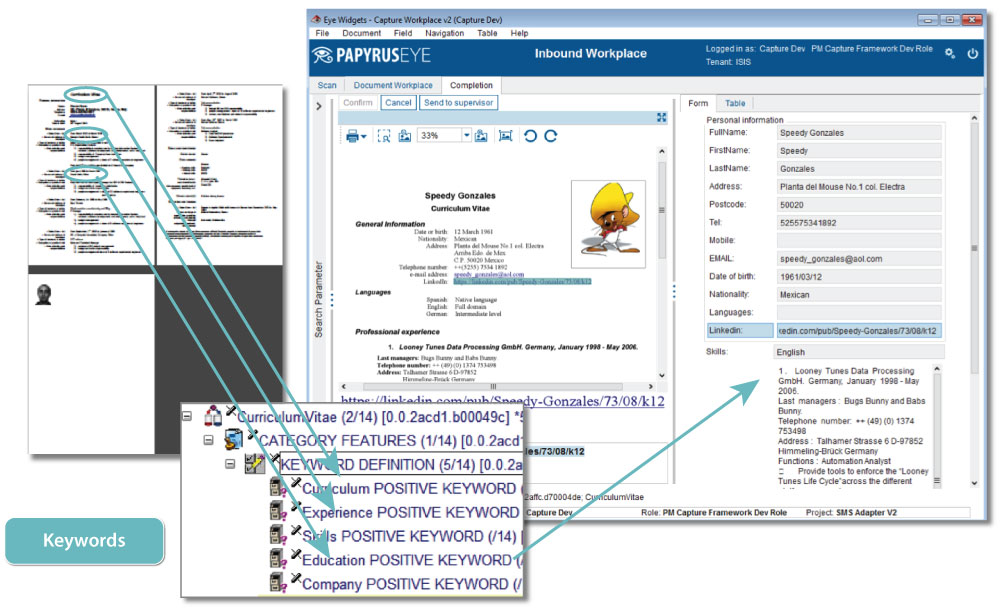


Hence, it would be a promising choice to block the NDM-1 with suitable inhibitor. There is still a lack of clinically potent inhibitors of NDM-1. However, such species-specific barrier was maintained due to the gene coding for NDM-1 is present as mobile genes on plasmids, therefore, such gene can readily spreaded through bacterial populations. β-lactam antibiotics resistance was restricted geographically, and restricted to specific bacterial species. pneumoniae, but recently NDM-1 activity is also observed in many other bacteria such as Enterobacteriaceae and Acinetobacter baumannii, which causes antibiotic resistance due to its hydrolyzing tendency for β-lactam antibiotics. pneumoniae containing NDM-1 was named as ‘superbug’.

The MBL was first identified in a Swedish patient of Indian origin, from New Delhi, who was suffering from urinary tract infection, caused by carbapenem-resistant Klebsiella pneumoniae (CRKP).

While, a distorted trigonal bipyramidal geometry is the coordination of Zn2 by three amino acids (His, Cys, Asp), a water molecule and a solvent molecule (glycerol) that serves as a ligand to Zn1 too. In Zn1, a tetrahedral geometry is coordinated by three histidine residues and one solvent molecule in the crystal structure. New Delhi metallo-β-lactamase-1 (NDM-1) belongs to the subclass B1 of MBL, in which two zinc ion (s) are required for the activity, where the tightly bound zinc is referred to as Zn1 and the loosely bound zinc is called as Zn2. Moreover, based on molecules (nucleotides and amino acid sequences) β-lactamases are classified into four groups (A, B, C and D) comprising two families: Serine-β-lactamases (SBLs) and metallo-β-lactamases (MBLs). The β-lactamases are classified into four groups (1, 2, 3 and 4) on the basis of function. Bacteria have several strategies to combat against β-lactam antibiotics including production of β-lactamases enzyme which hydrolyze the β-lactam ring of lactam antibiotics. Antibiotic resistance in bacterial strains has become a major clinical concern.


 0 kommentar(er)
0 kommentar(er)
